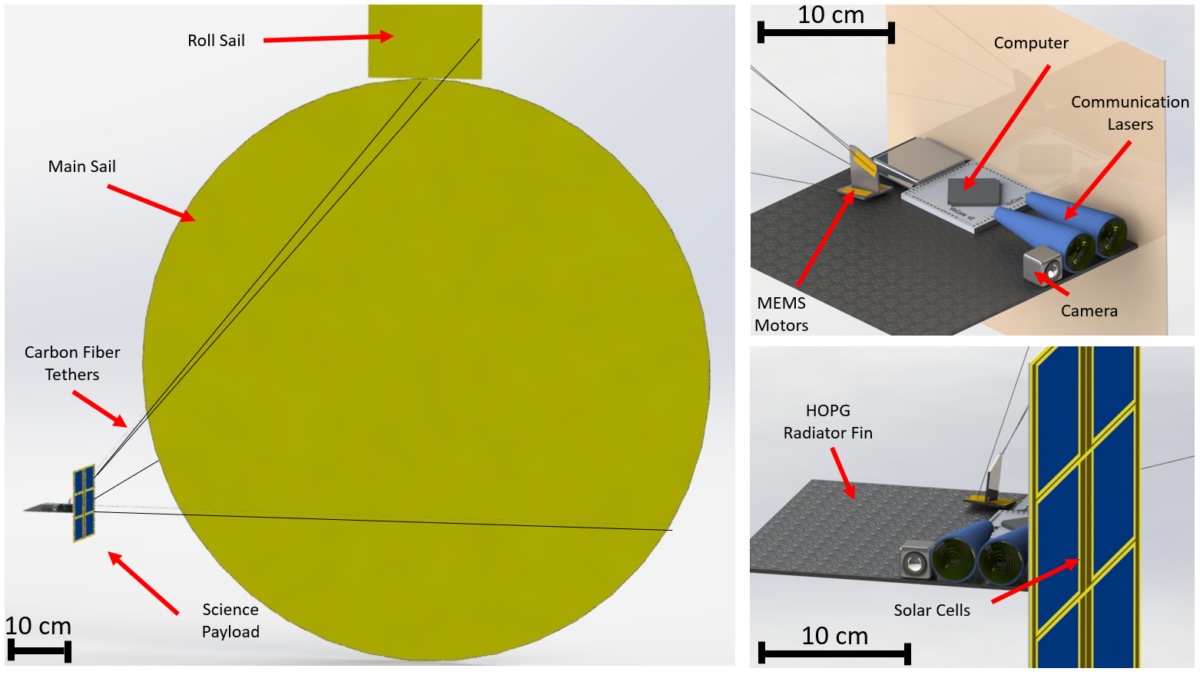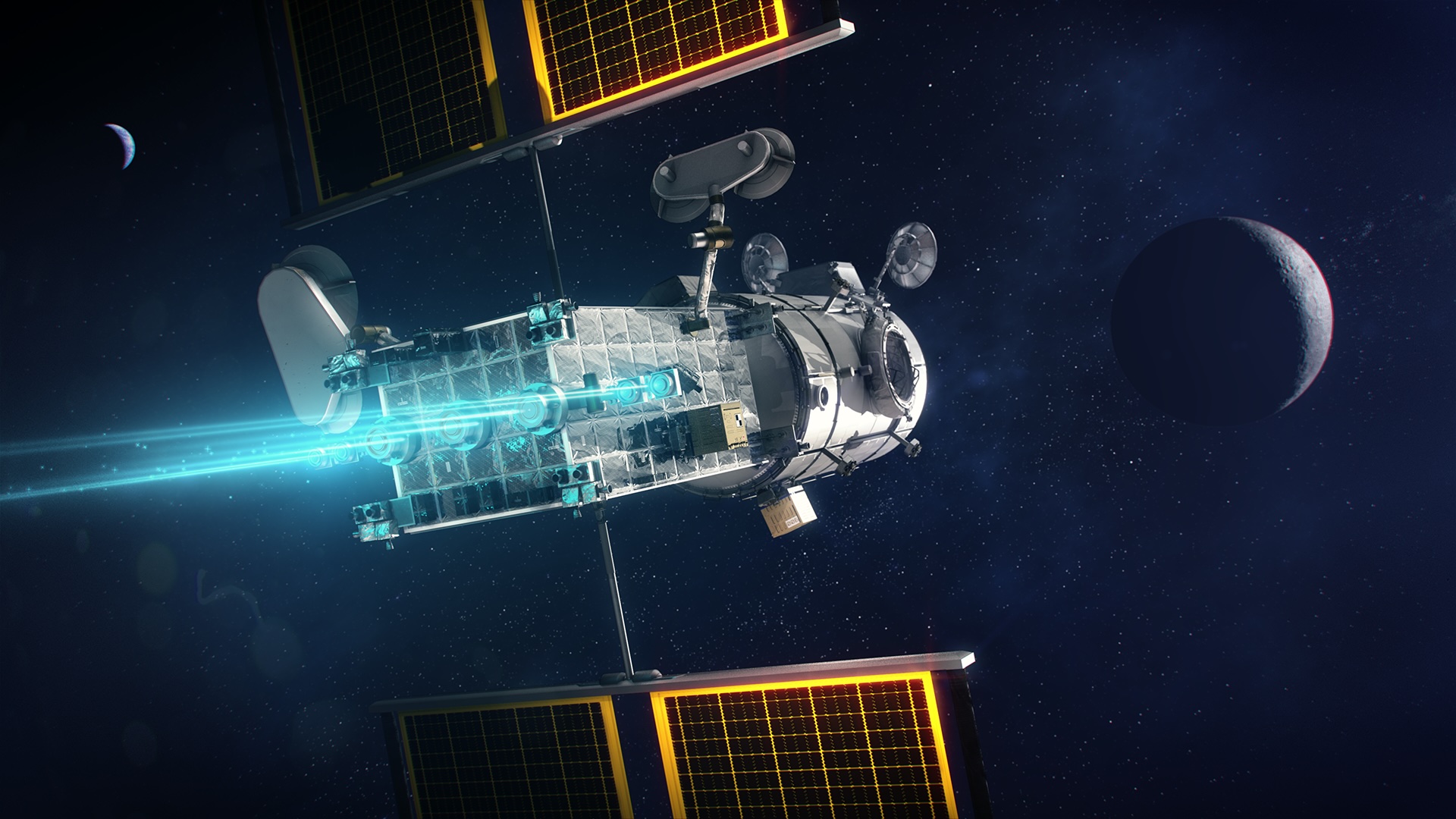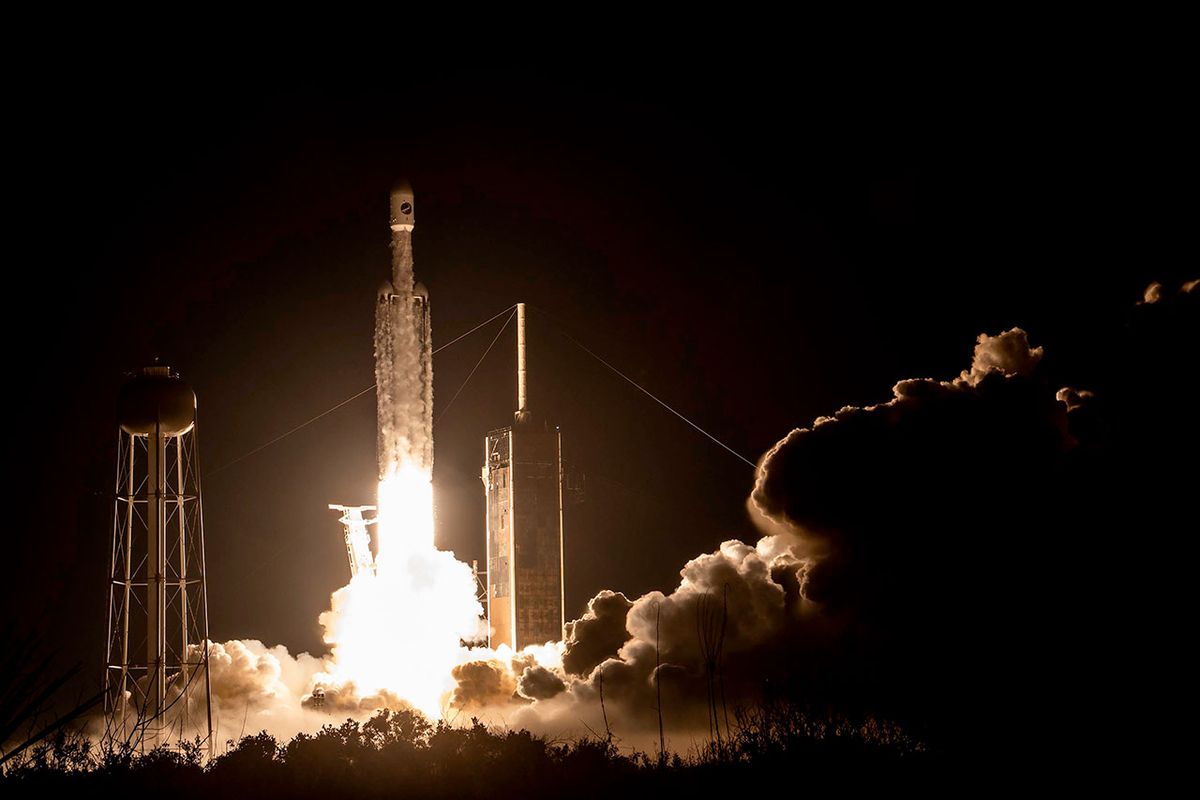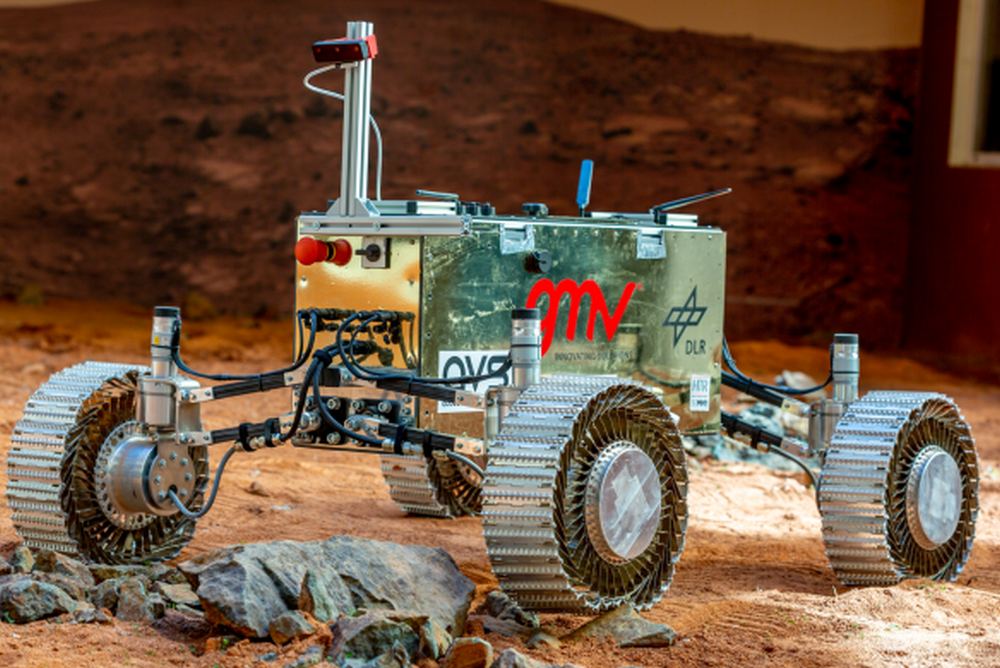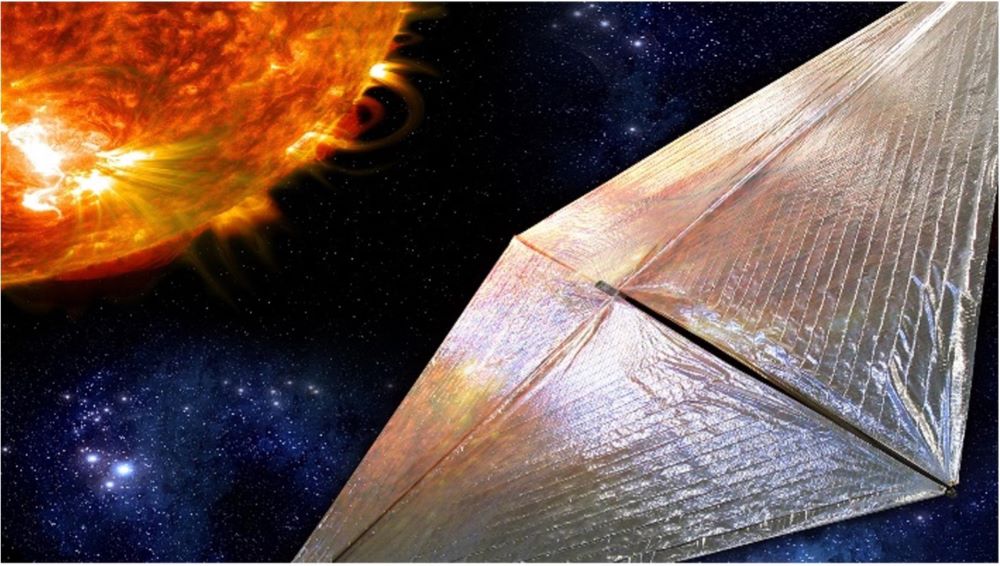It’s satisfying to sit back and take stock of all the places in the Solar System that we’ve explored. The Moon came first, then over the following decades, we’ve sent spacecraft to Mercury, Venus, Mars, Jupiter, Saturn, Uranus, Neptune, and even distant Pluto. We’ve also explored some of the asteroid belt’s inhabitants and even several comets.
That’s an impressive list, but it’s still dwarfed by the number of objects we haven’t visited. Could swarms of microprobes help us expand our reach? New research shows that tiny, solar sail microprobes could complete a round trip to asteroid Bennu faster than OSIRIS-REx did.
Continue reading “Exploring the Solar System with Swarms of Microprobes”
